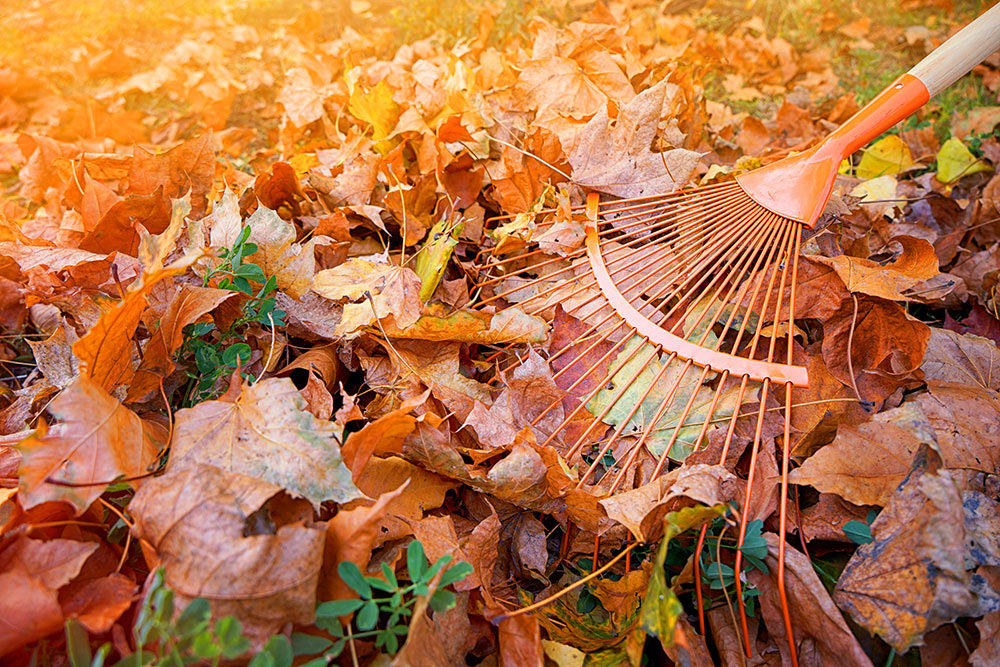Autumn leaves—those vibrant, colorful carpets that blanket our gardens—are more than just a pretty sight. They’re nature’s gift, packed with potential for enhancing your garden’s health and beauty. Instead of raking them into piles destined for the landfill, let’s explore some creative and practical ways to put those leaves to good use.
1. Leaf Mulch
Leaf mulch is a gardener’s best friend. It improves soil health by adding organic matter, retains moisture, and suppresses pesky weeds. Plus, it provides a natural insulation layer for plant roots during winter.
Shredding leaves makes for the best mulch. You can use a leaf shredder or run a lawnmower over them. Once shredded, spread a 2-3 inch layer around your plants and over garden beds. This not only keeps the soil cozy and moist but also gives a neat, finished look to your garden.
Be mindful not to pile mulch too close to plant stems to avoid rot. Spread it evenly and replenish as needed, especially after heavy rain or wind.
2. Composting
Leaves are rich in carbon, an essential component of compost. When mixed with nitrogen-rich materials like kitchen scraps and grass clippings, they create nutrient-dense compost that enriches garden soil.
Start by creating layers of leaves and green materials in a compost bin or pile. Turn the pile regularly to speed up decomposition and maintain balance. Keeping the compost moist (but not waterlogged) helps the process along.
Whether you opt for a simple pile, a compost bin, or a tumbler, the key is to ensure good air circulation and a balanced mix of materials. Each method has its perks, so choose what fits your garden’s size and your time commitment.
3. Leaf Mold
Leaf mold is essentially decomposed leaves. It’s an excellent soil conditioner, improving soil structure and moisture retention. It’s a slower process than composting but worth the wait.
Pile leaves in a corner of your garden, keeping them moist. After about a year, you’ll have rich, crumbly leaf mold to mix into your garden beds. Work leaf mold into the soil to boost its organic content. It’s especially beneficial for improving heavy soils like clay and adding moisture-holding capacity to sandy soils.
4. Natural Fertilizer
Leaf tea is an easy, nutrient-rich fertilizer. Soak leaves in water for a few days, strain, and use the liquid to water your plants. Apply leaf tea directly to the base of your plants. It’s a quick way to give them a nutrient boost, especially beneficial during the growing season.
5. Erosion Control
Leaves can be a natural barrier against soil erosion. They help hold the soil in place, particularly on slopes and bare patches, reducing runoff and soil loss. Arrange leaves in layers over areas prone to erosion. For extra stability, mix leaves with straw or compost.
Enhance erosion control by combining leaves with other organic materials like straw, which adds additional weight and stability.
6. Creative Garden Projects
- Leaf Prints and Crafts: Get crafty with leaves! Create beautiful leaf prints, wreaths, or natural art projects. It’s a fun activity for kids and adds a personal touch to your garden decor.
- DIY Garden Decorations: Use leaves to enhance garden decorations. They can be incorporated into seasonal displays, adding a touch of autumn charm to your outdoor space.
Conclusion
Autumn leaves are a treasure trove of benefits for your garden. From mulch and compost to erosion control and wildlife habitats, there are countless ways to use them creatively. Start using your leaves this fall and transform your garden into a thriving, sustainable haven. Need more ideas? Contact us for expert advice and personalized garden maintenance tips.



